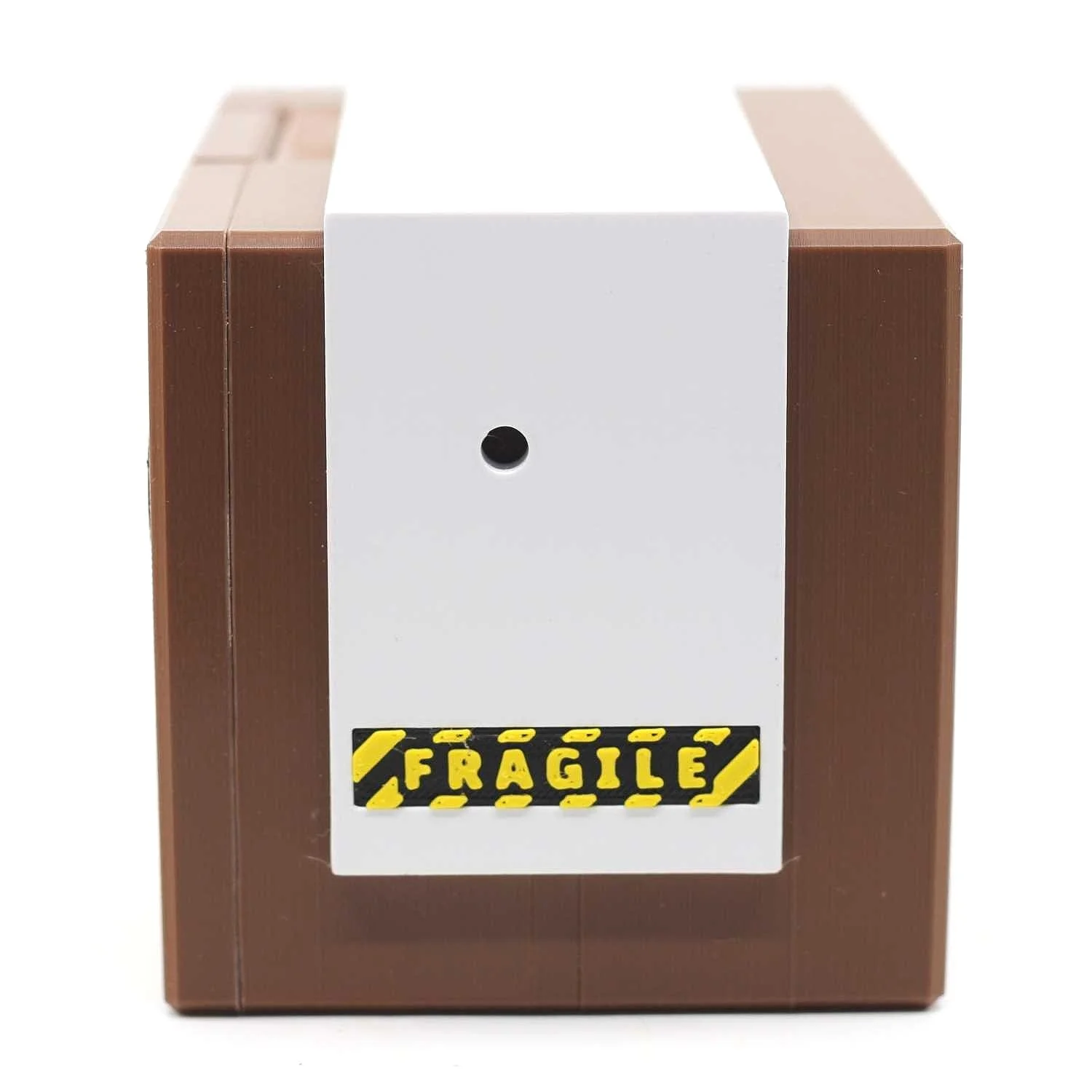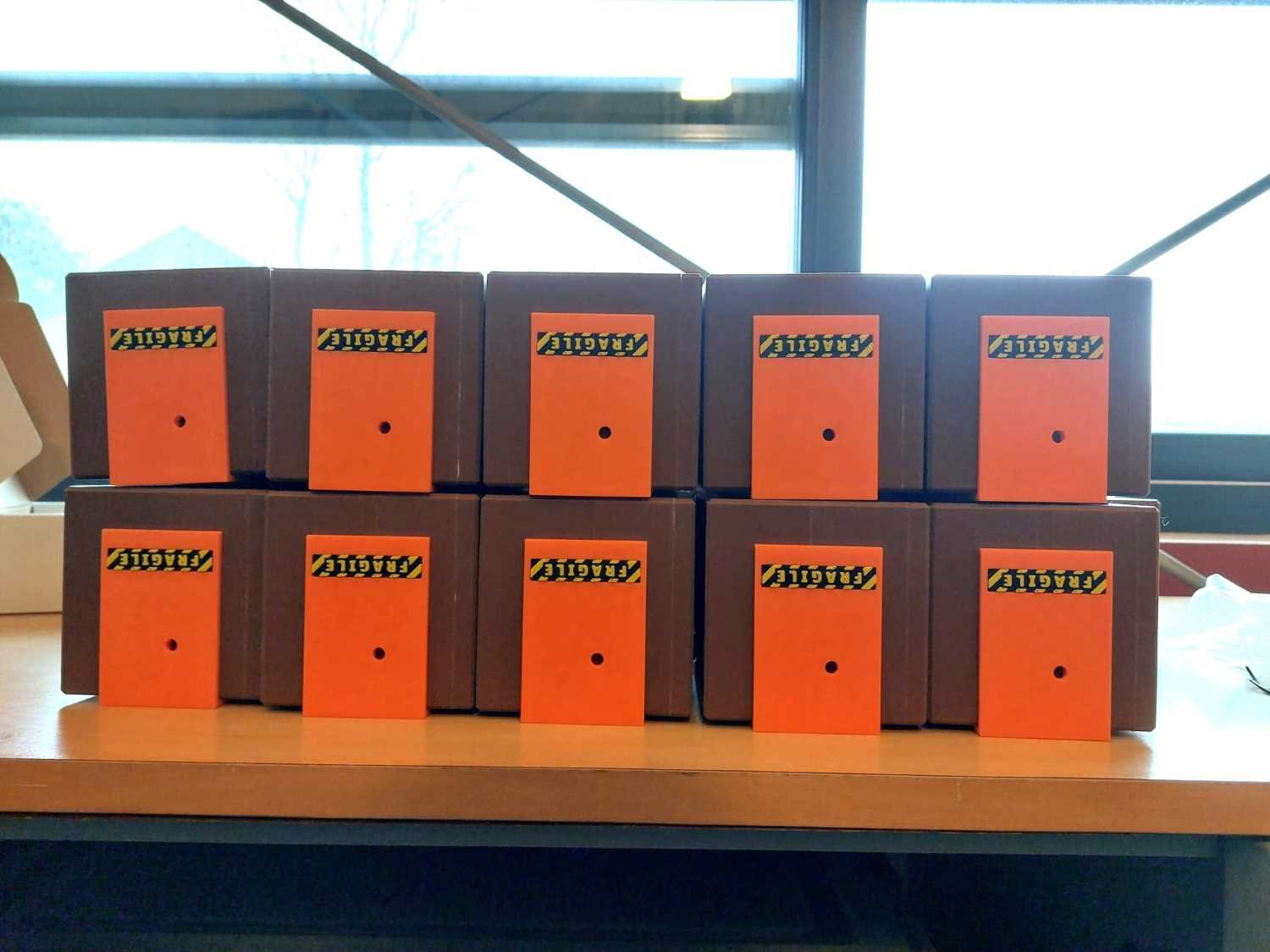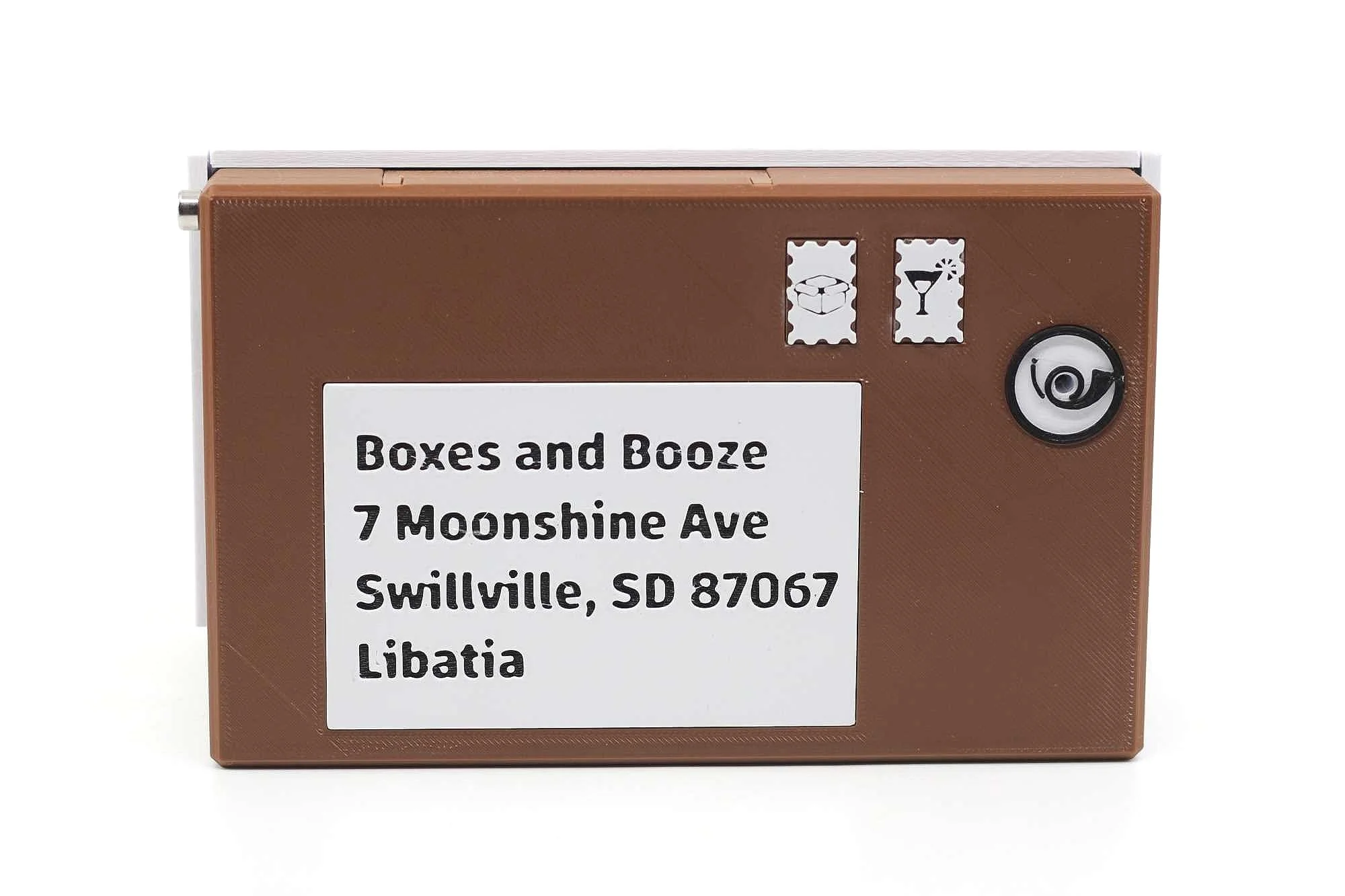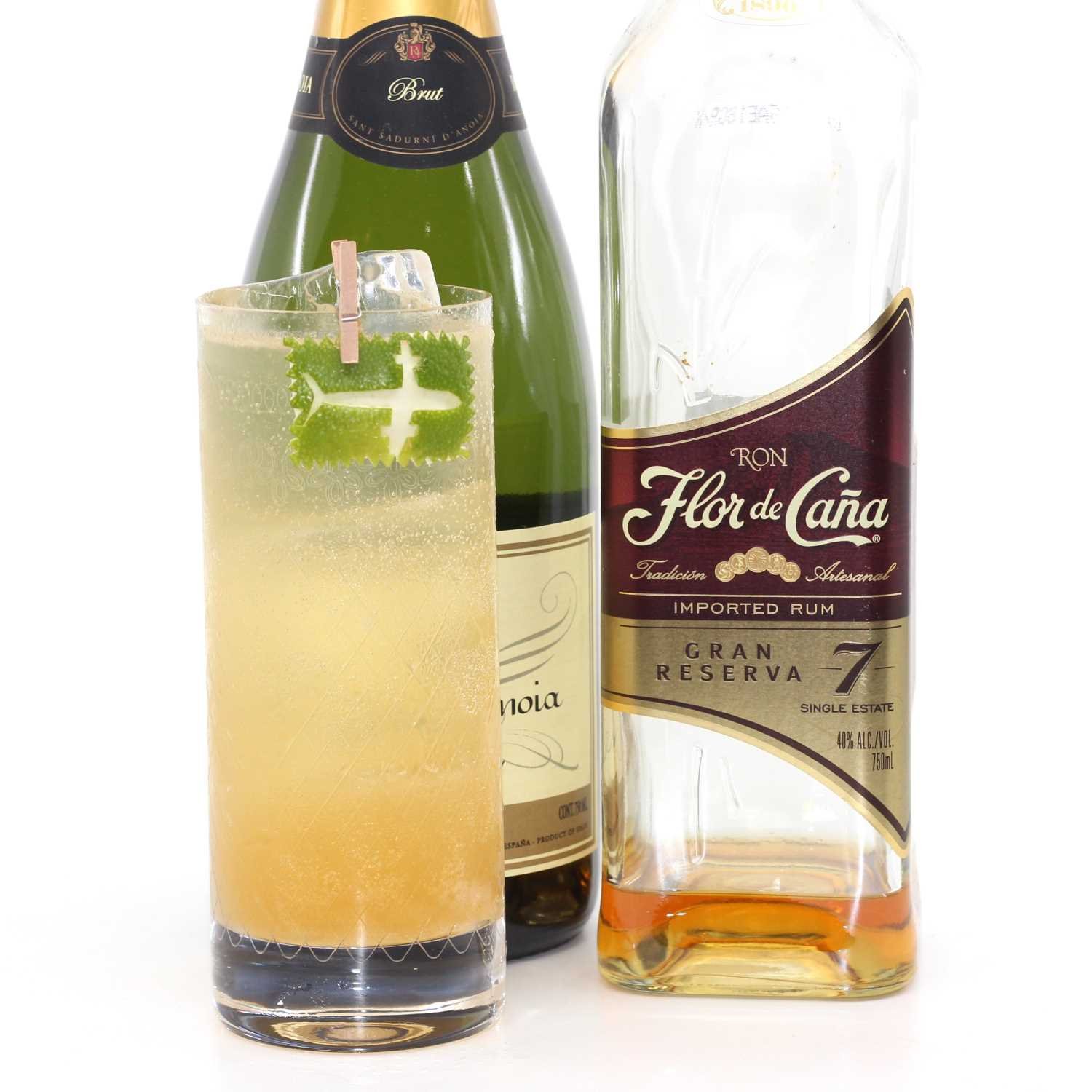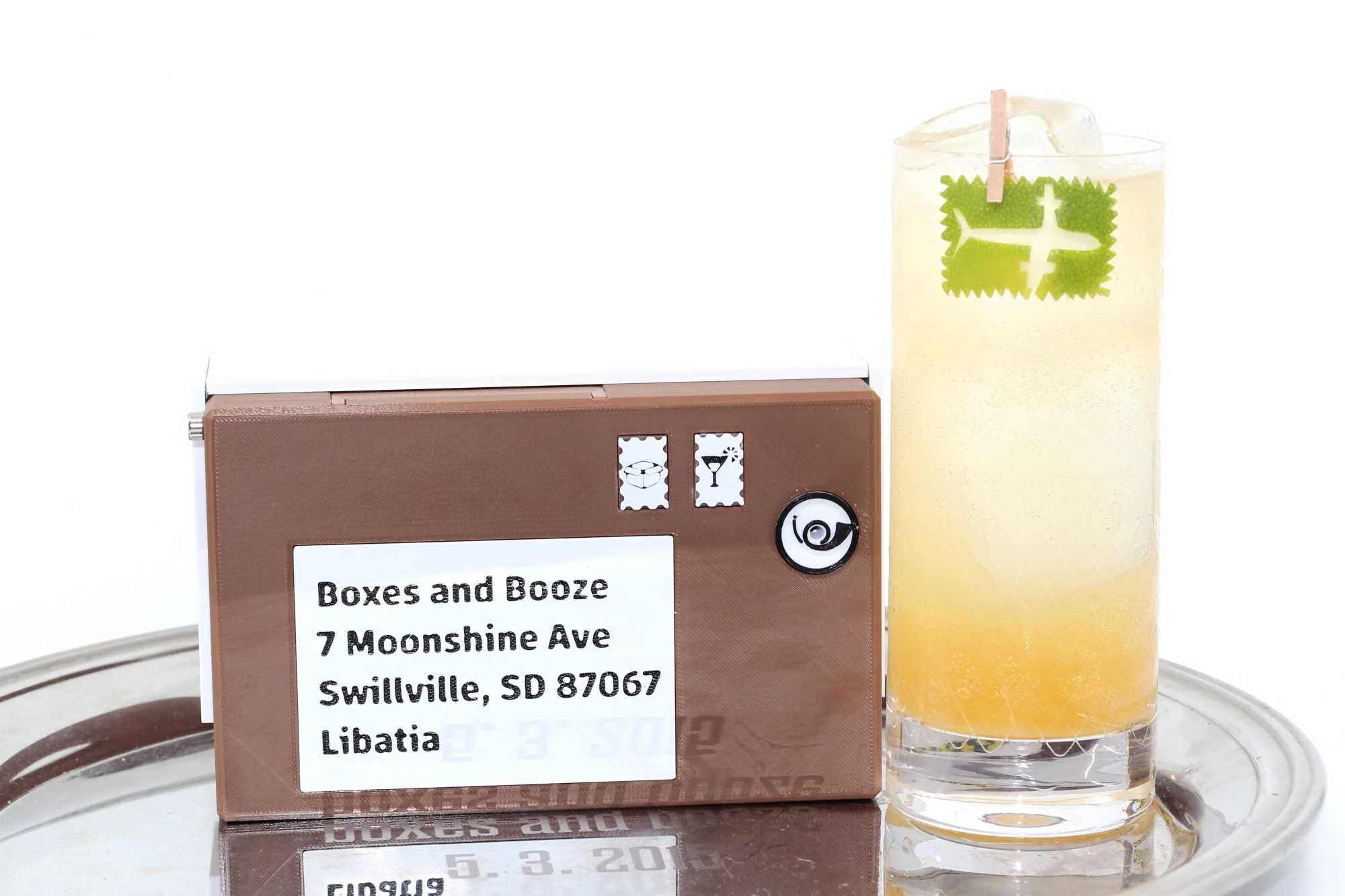You’ve Got Mail
MailCall!
MailCall! by Maarten Haspeslagh
There’s something nice about receiving a letter in the mail. Perhaps the excitement wears off a bit as we get older, likely tempered by all the bills and junk mail, but even now in my jaded days, it’s still nice when it happens. It rarely does in these electronic days, after all. There was that same feeling with electronic mail, too, when that was first a thing. AOL even capitalized on it, accompanying new email with that famous slogan. And if getting a special letter is a nice surprise, well I don’t need to tell you what it’s like to receive an eagerly awaited puzzle box.
tape escape
Belgian-American Veterinarian Maarten Haspeslagh certainly understands. He has created a truly delightful puzzle box that is literally and intentionally a package which evokes this very experience, complete with mailing label, postage and packing tape. Maarten, who was born in Texas to Belgian parents, and moved back and forth over the years, now resides in Belgium where he is a highly regarded specialty equine surgeon in one of Europe’s busiest horse clinics. He describes how puzzles have had a huge impact on his life and even his career path.
Mayer Cube 9B - courtesy of Maarten Haspeslagh
“I first came into contact with mechanical puzzles when I was a veterinary student: every year, during my exams, I chose a side project to have some distraction from studying. That’s how I learned myself card magic and lockpicking for example. One of those side projects was the classic Rubik’s Cube. At the time I didn’t know there was so much more to be discovered. It wasn’t before a few years later that I came into contact with a somewhat less mainstream puzzle. My grandfather had died, and the family gathered to clean out his house so it could be sold. In his desk, I found an interlocking puzzle (that I still have) called the Mayer Cube 9B, produced by Pentangle in the 80s. I took it home and started trying to solve it, eventually succeeding.”
don’t break the booze
A few years ago Maarten faced his veterinary board certification exam, a highly challenging test with a pass rate of 30%. The preparation was isolating, causing him insomnia, and he fell into a depression. Despite studying for 10 hours a day for months, he did not pass. Luckily he got himself the help he needed, and renewed his efforts the next year. This time, he recalled the encounter with his grandfather’s puzzle, and turned to mechanical puzzles to add much needed distraction to his study routine, just like he used to do with other side hobbies in vet school. He discovered the global puzzle community, along with the many types of puzzles in the world, and passed his board exam. He has become a puzzle collector and eventually began creating his own unique contributions.
the ultimate puzzle package
“I had been thinking of getting a 3D printer for some time, but after passing my board exams in 2023, my girlfriend bought me a Prusa as a graduation present. I first started printing puzzles for which I could find 3d print files on the internet. One day, one of the PhD students I co-supervise needed a very specific adapter to be able to connect a horse-sized trachea tube to a medical device designed for human use. I realized that I could perhaps make it myself, so I downloaded Fusion 360 (a 3D design software) and started experimenting. It took a lot of effort and time, but I managed to design something that was functional for its intended purpose. I learned a lot from this project and soon started designing other small things for use around the house. When Wil Strijbos did a re-release of his Butterfly lock, I managed to get one. The puzzle is, however, difficult to display as it is unstable when standing up, so I decided to make a stand for it. I also wanted to be able to store the “extra help” you can get from Wil together with the puzzle, but in a non-obvious way, so I designed a tray with a trick opening mechanism in the puzzle stand to hide the “extra help”. That was my first puzzle design.”
courtesy of Maarten Haspeslagh
It was the start of something special. Maarten has been influenced by some of his favorite designers, including Wil Strijbos, Eric Fuller, Dee Dixon, Jesse Born and Alan Lunsford, and it shows. Other ideas which were forming in the back if his mind began to surface. “Back then, the puzzle didn’t really have a shape or form yet, it was just a mechanism. Other mechanisms started popping up in my head on the most random moments and I started carrying a notebook in which I would scribble my ideas. Slowly, the ideas started interacting with each other and a more coherent puzzle emerged. I feel like the ideas just came to me, without really doing an effort.” Neurobiologist and puzzle designer Simon Nightingale calls this phenomenon “unconscious logical reasoning” and explains how the process of solving a problem, or even designing one, works in the “back of your mind” until one day, suddenly, there it is.
the famous notebook full of ideas … courtesy of Maarten Haspeslagh
“When I had most of the mechanisms worked out in my head and my notebook, I started thinking about the form factor and then suddenly it hit me: we all enjoy opening shipping boxes when we know that a beautiful puzzle is to be found inside. But what if opening the shipping box is the puzzle?” A few months ago Maarten underwent some surgery of his own, and found himself at home recovering. It was the perfect opportunity to put all the ideas from his notebook together, and “in this one week, I managed to finalize the first version of the puzzle on painkillers and liquid food.” Puzzles really do have the power to heal! The name of the puzzle is of course a natural homage to everyone’s favorite expression when receiving such a nice package, like this one!
postal service - courtesy of Maarten Haspeslagh
Maarten also had the opportunity to meet a few of the people who had inspired him. One day he sent a message to the prolific puzzle designer “Alfons Eyckmans, who happens to live in Belgium. Not even 5 minutes later he answered me asking for my phone number, and 10 minutes later he called me on the phone and we had a 30 minute conversation on burr design. The call ended with an invitation to come to his house, so I did and he gave me some more tips, explained me how to use Burrtools, and showed me his complete process, from idea to finished product. Very inspirational. Along the way I also had the opportunity to meet Wil Strijbos and ask him to look at my puzzle. He told me he was impressed by the design, and gave me some tips. We still maintain occasional contact today, on puzzles, but also other things in life.”
unboxing? - courtesy of Maarten Haspeslagh
Maarten is clearly a perfectionist, having made over 100 versions before it was finally done. He mentions something about the process that many designers seem to share, deciding when the puzzle is “finished”. “I did have to stop inventing new mechanisms because I ran out of space in the format.” Like many wise designers, Maarten got some help working out the kinks and potential pitfalls of his new puzzle. “End of December 2023, I hosted the first Lowlands Puzzle Party at my house, and introduced my prototype to my guests. They were very enthusiastic, but of course still had some comments and suggestions, which I integrated into the design. I also shipped it to a few people around Europe to hear their thoughts and adapted the design accordingly. This resulted in a better design with more interaction between the mechanisms and a clearer path from start to finish. The final version is the 109th iteration of the design. Of course not all of those were actually fully printed as a prototype. I usually would print only a small part of a mechanism to test it out. There actually is only one full prototype in existence, and I don’t have it myself.”
special deliveries
Mailcall! is a handsome, high quality sequential discovery 3D printed puzzle with many objectives and clever steps which will challenge you to think outside the package if you have any hope of finding out what is inside. Maarten customizes each one to it’s future owner, and adds subtle details and easter eggs around the package and hiding inside. It’s a really nice touch that is just one more aspect made possible by the remarkable world of 3D printing. “It’s made of PLA and various pieces of hardware. The puzzle is 3D printed in 28 separate pieces, which take roughly 22 hours to print on a Prusa MK4. The print is paused several times to insert hardware or change the color. Afterwards, 65 pieces of hardware are glued or placed in position, and the puzzle is assembled. The gluing and assembly process takes about 2 hours per copy. Every puzzle is custom made for its owner with their own address on the label.”
Maarten can now become an inspiration to other future designers, who may wonder if they too can do this. “Everything I did to develop the puzzle was new to me. Let’s see: I learned how to operate a 3D printer, and how to get satisfying results from it, then I learned how to use software to develop a wild idea into something a 3D printer could actually make, I learned about tolerances, about scaling up production of something that is quite labour intensive to make, about dealing with supply issues and parts consistency, so yeah, many lessons learned I would say.” Of course having a mind well suited for and full of tricky ideas doesn’t hurt, either.
this one has my stamp(s) of approval
He relates a few other amusing anecdotes about the process. “During production of the first 25 copies of the puzzle (the limited edition), I managed to buy up the complete European stock of Brown filament from the brand I’m using, leaving them -and me- without any more brown PLA filament. I later learned that this was because production had been paused because of Chinese new year, but I still think it’s a funny story. One specific piece of hardware for the puzzle needs very specific properties. I could only find that exact piece with those exact properties in an assortment made of 580 pieces, with only 20 of them being the piece I needed. So I bought 4 of those assortments, to have 80 of the piece I use, leaving me with 2000+ pieces I have no use for. Using those pieces seems like a good incentive for a future design.” It’s good to know Maarten has a little extra motivation to create another puzzle one day, because his first one is fantastic. In the meantime he is fulfilling orders for MailCall!, and will take a well deserved break after that to enjoy some “mail calls” of his own (his personal puzzle backlog) before embarking on a new project. “Who knows what the future may hold. My girlfriend says no way that I won’t make a second design, and usually she’s right...”
Air Mail
People have benefitted from long distance deliveries for centuries. What we might think of as “air mail” can be traced back 3000 years to the Egyptians, who were the first on record to use pigeons as message carriers between cities. Fast forward to about one hundred years ago, when the introduction of the airplane led to what we typically think of as air mail. An airplane was first used “officially” in 1911 to send letters across India, and then the US. The first official air mail route, from New York to Washington, D.C., occurred here in 1918. It seems inevitable (from my point of view) that a cocktail called the “Air Mail” appeared soon after, printed inside a promotional pamphlet titled Bacardi and Its Many Uses, 1930. The drink gained greater popularity over the next decade or so, appearing notably in a rather unusual cocktail book by W.C. Whitfield titled Here’s How, 1941, which was bound between wooden covers. I have a vintage copy of it thanks to a generous friend who thought I might have better use of it. Of the cocktail, Whitfield comments, “It ought to make you fly high.”
proper postage
I’m celebrating this amazing mail call, which after all came to me from Belgium, with an Air Mail cocktail. Along with the rum, the drink includes lime juice and sugar, in the form of honey syrup. At this point the drink is simply a honey daiquiri, which should already have your attention. Top any drink off with champagne and you’ve technically given it the “royal” treatment, so we have a “daiquiri royale”. Audrey Saunders, the New York cocktail luminary from the nineties, created a modern classic along these lines using aged rum and adding mint, which is called the “Old Cuban” and remains one of my favorite cocktails ever. The original Air Mail is a lighter version, served more like a highball, and as the name implies, it delivers the goods. Here’s to receiving something nice – cheers!
alpha mails
Air Mail
1 ¼ oz gold of medium aged rum
½ oz lime
½ oz honey syrup
1 oz champagne to top
Shake initial ingredient with ice and strain over large cubes in a highball glass. Top with the champagne. Mint sprig garnish is classic.
explore more:




